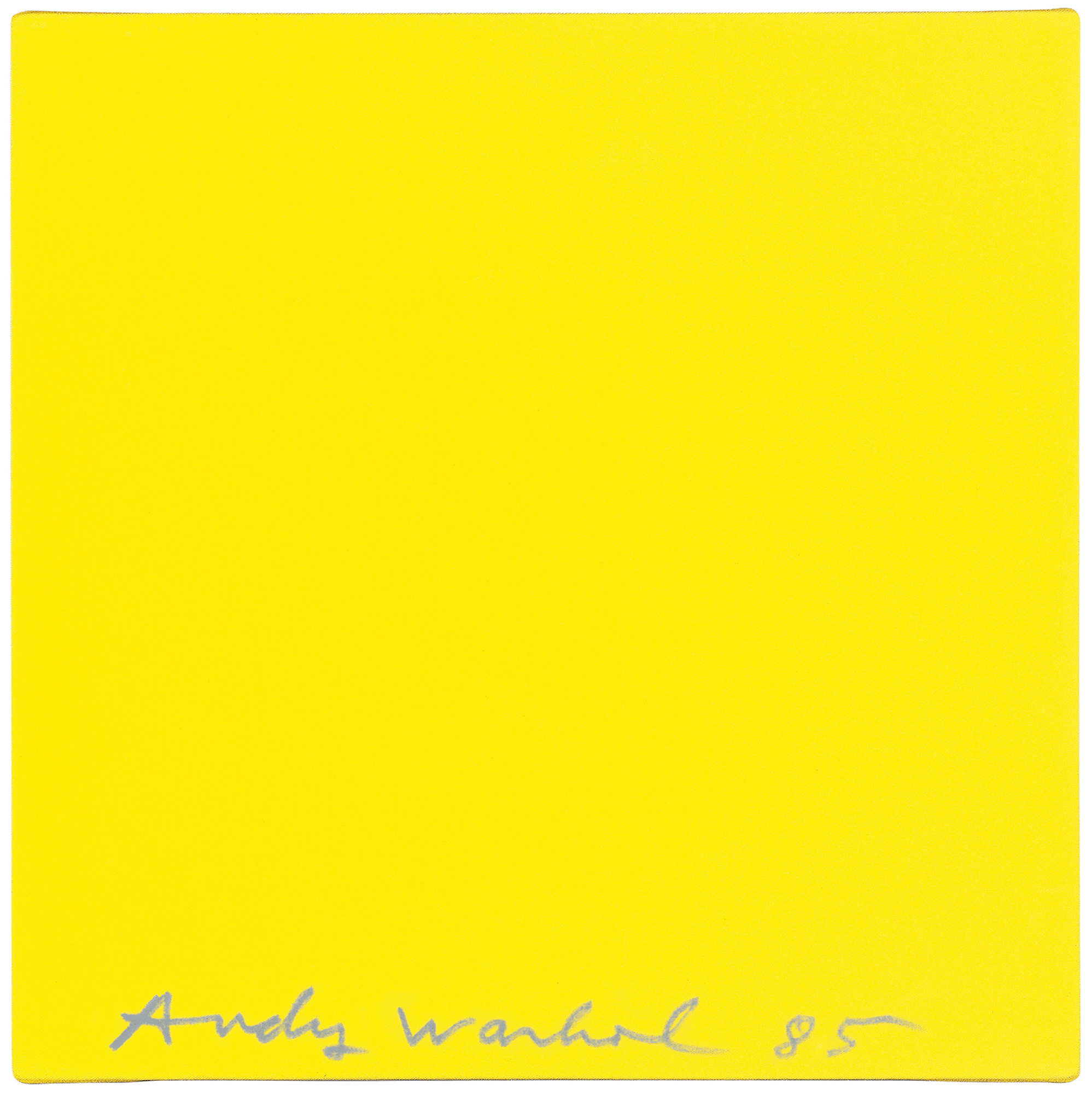An advocate of rigorous abstraction, the painter Olivier Mosset practices a brand of art that constantly questions its own means of existence. Born in 1944 in Bern, he grows up in Neuchâtel and makes his first stay in Paris at eighteen. There Mosset meets the New Realists, notably Jean Tinguely and Daniel Spoerri, briefly becoming the former’s assistant. Tinguely also introduces him to the work of Marcel Duchamp.
In 1965 Mosset settles in the French capital and in 1966 forms the association B. M. P. T. with the painters Daniel Buren, Michel Parmentier and Niele Toroni. The group is dissolved in 1967. Brought together by a shared rejection of both the dominant type of painting and the cult of the artist, they show their desire to break with this state of affairs by generating anonymous, interchangeable works.
In 1967, during a trip to New York, Mosset meets Andy Warhol and discovers the work of Robert Ryman. Settling there in 1977, he devotes himself to monochrome painting, then develops a colourful geometric abstraction following a long period devoted to painting black circles on white backgrounds, turning later to doing striped canvases.
Mosset’s painting proclaims a purely visual, self-referential aspect, embodied in forms that are neutral, elementary, independent and invariably repeated. Taking shape in the New York and Parisian art debates of the 1960s and ‘70s, his practice tirelessly questions the medium of painting. In the 1980s, alongside American and European artists like Marcia Hafif and Joseph Marioni, he takes part in the Radical Painting movement.
In 1985 his first retrospective show was held, stopping in Poitiers and Châteauroux in France, at the Musée des beaux-arts de La Chaux-de-Fonds and, in 1986, at the Kunsthaus in Aarau. Mosset is internationally renowned, exhibiting in galleries and institutions around the world, representing Switzerland at the 1990 Venice Biennial and influencing the work of a young generation of artists. In 2003 Musée cantonal des beaux-arts de Lausanne and Kunstmuseum St. Gallen devoted a two-part retrospective to him.
In 1965 Mosset settles in the French capital and in 1966 forms the association B. M. P. T. with the painters Daniel Buren, Michel Parmentier and Niele Toroni. The group is dissolved in 1967. Brought together by a shared rejection of both the dominant type of painting and the cult of the artist, they show their desire to break with this state of affairs by generating anonymous, interchangeable works.
In 1967, during a trip to New York, Mosset meets Andy Warhol and discovers the work of Robert Ryman. Settling there in 1977, he devotes himself to monochrome painting, then develops a colourful geometric abstraction following a long period devoted to painting black circles on white backgrounds, turning later to doing striped canvases.
Mosset’s painting proclaims a purely visual, self-referential aspect, embodied in forms that are neutral, elementary, independent and invariably repeated. Taking shape in the New York and Parisian art debates of the 1960s and ‘70s, his practice tirelessly questions the medium of painting. In the 1980s, alongside American and European artists like Marcia Hafif and Joseph Marioni, he takes part in the Radical Painting movement.
In 1985 his first retrospective show was held, stopping in Poitiers and Châteauroux in France, at the Musée des beaux-arts de La Chaux-de-Fonds and, in 1986, at the Kunsthaus in Aarau. Mosset is internationally renowned, exhibiting in galleries and institutions around the world, representing Switzerland at the 1990 Venice Biennial and influencing the work of a young generation of artists. In 2003 Musée cantonal des beaux-arts de Lausanne and Kunstmuseum St. Gallen devoted a two-part retrospective to him.
